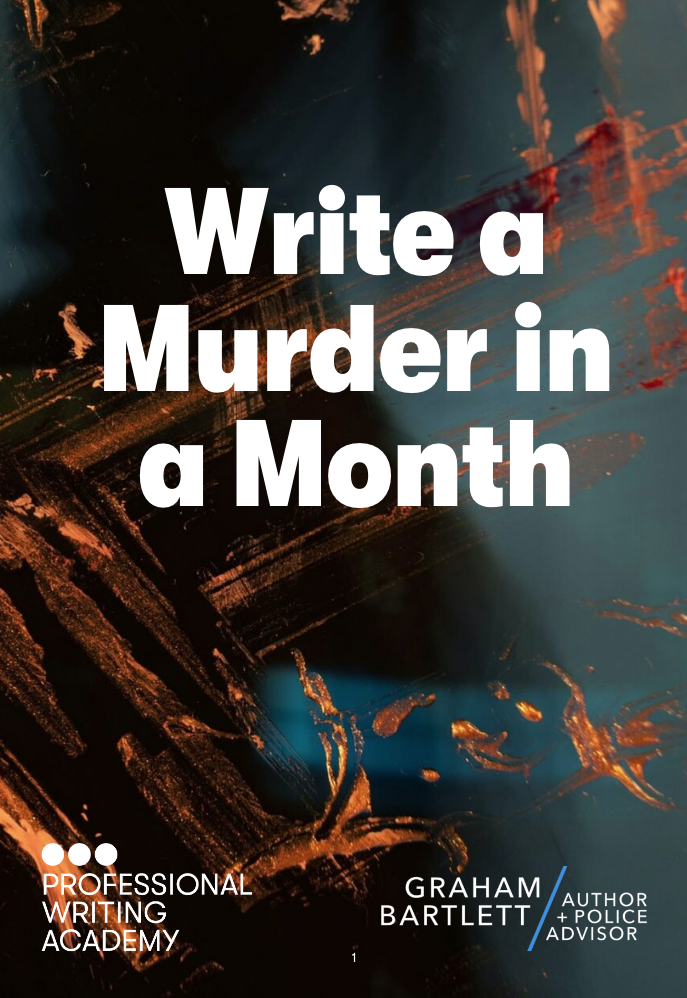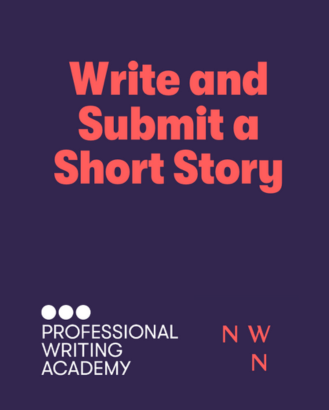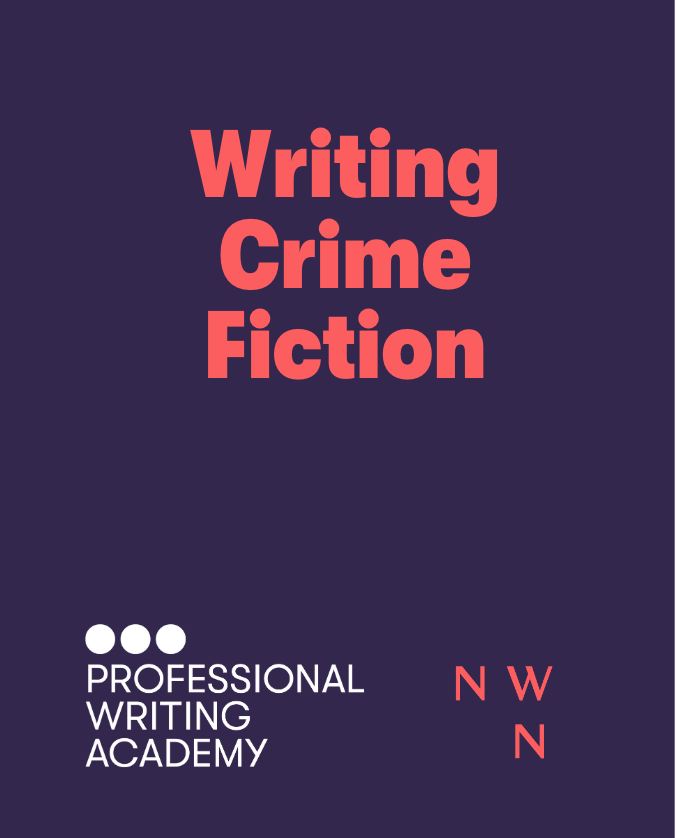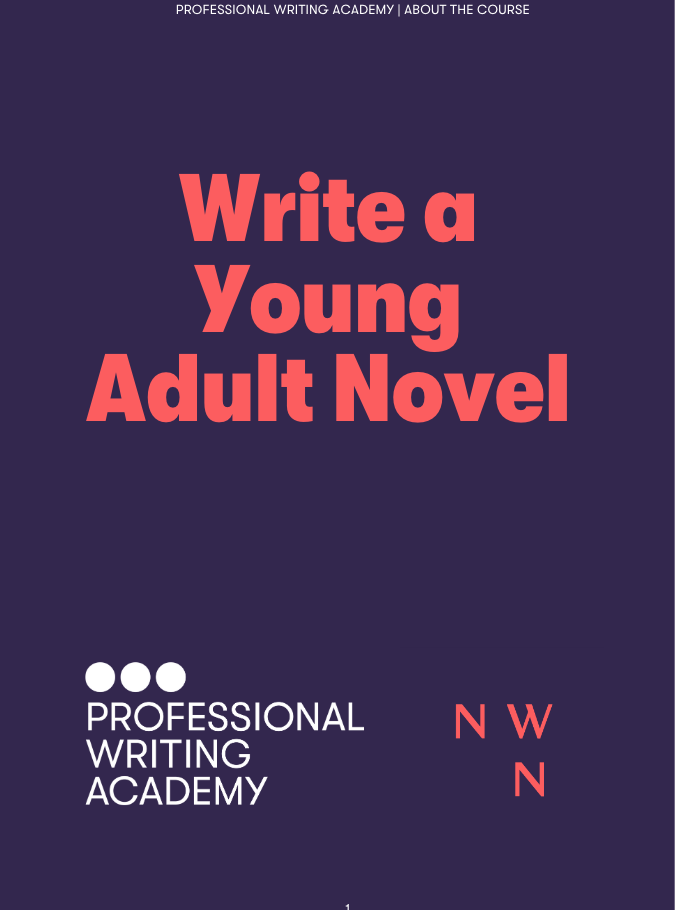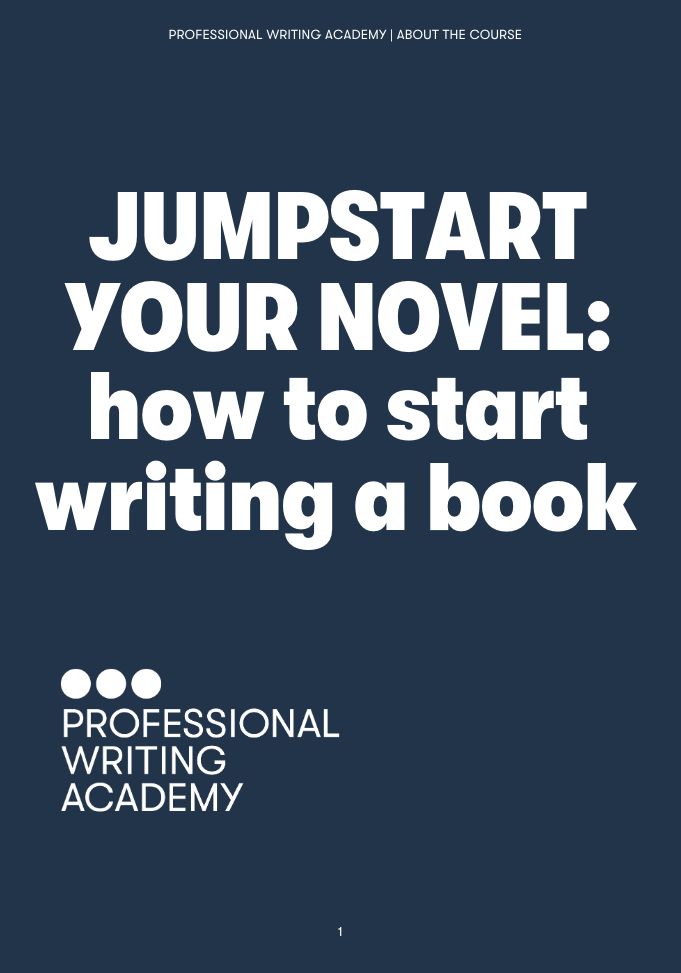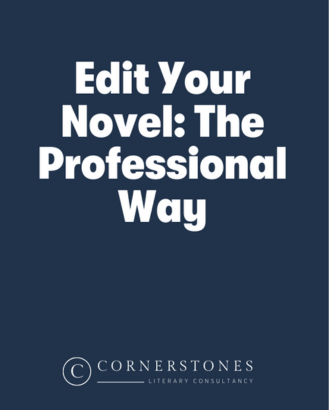Many of us find it hard to get going with our writing, however much we want to. It’s a common and natural feeling, and procrastination is a harsh term for it. It can also come from perfectionism, guilt at taking time for yourself, nerves and a hundred other things.
I don’t think there’s a single one-size-fits-all solution for everyone, but below I have made a list of some tactics that have worked for me and/or friends over the years. I hope one or two might work for you.
-
Lower your expectations
Many writers aim for 1000 words a day. It can feel like a lot. Try a much lower target, maybe 500 or even 250. You also don’t need to write every single day, find what works for you.
-
Work with another writer
Set aside an afternoon (or whole day if you can) go to one or another’s empty house. Have tea or coffee, do two or three hours, have lunch to talk about how you got on, do another two or three hours. You’ll keep each other going, and stop each other mooching around distractedly. And there’s so much fear and anxiety you’re dealing with. It helps a lot to be writing alongside someone else. If there’s no one close by, this also works well on a zoom call.
-
Try Saturday afternoons
If the 5am weekday morning start isn’t working and you can’t find time, Saturday afternoons can be your friend because most people will be busy doing something leisurely, increasing the chances you’ll be left alone.
-
Type immediately
As soon as you sit down, open up a document or take a piece of paper, and type/write a single letter or word. Don’t immediately try to write 1,000 words, start with a single letter, then a word, a sentence, a paragraph.
-
Cut out coffee
It’s terrible for concentration, and concentration might be what’s letting you down.
-
Write what you want to say in a letter to someone
When Tom Wolfe had writer’s block working on The Kandy-Kolored Tangerine-Flake Streamline Baby for Esquire magazine, his editor at Esquire told him to stop worrying about the story and to just send him a letter explaining what the story would be about. According to legend, the editor then snipped off the Dear… and Yours sincerely, and published the “letter”. Is this a tactic you could use?
-
Rewrite a classic
Take a scene from a Dickens (or another 19th-century writer) novel and rewrite it as if it was happening in the present day. It gets you writing without having to be inventive, but might also spark ideas.
-
Start mentally writing on the way to your desk
Have an idea of what you want to write about when you sit down. In quiet moments, first thing when you wake up before getting out of bed, sitting on the bus, in the shower etc, start composing a passage of writing in your head. The words never come out how you imagine them by the time you start writing but it’s useful to already be engaged in the process by then rather than starting cold.
-
Frame the writing as a problem to solve
Plan specifically what problem you’re going to solve that session; maybe a scene needs writing, or the first page of a chapter needs its pace picking up. It will mean you’re sitting down with an aim in mind, rather than waiting for the mood to take you.
-
Finally… Try the Pomodoro technique
This helps you to write within a time limit, knowing when your next break is coming. If you like listening to music while you work, there are plenty of pomodoro playlists on Youtube.
This article was taken from our memoir writing course, Stories from Life. Our Stories From Life online course is a great way to overcome procrastination and create a writing habit. Over 5 weeks as part of a small group of fellow writers, you will build your confidence as a memoir writer and produce a real-life story you’re proud of.











